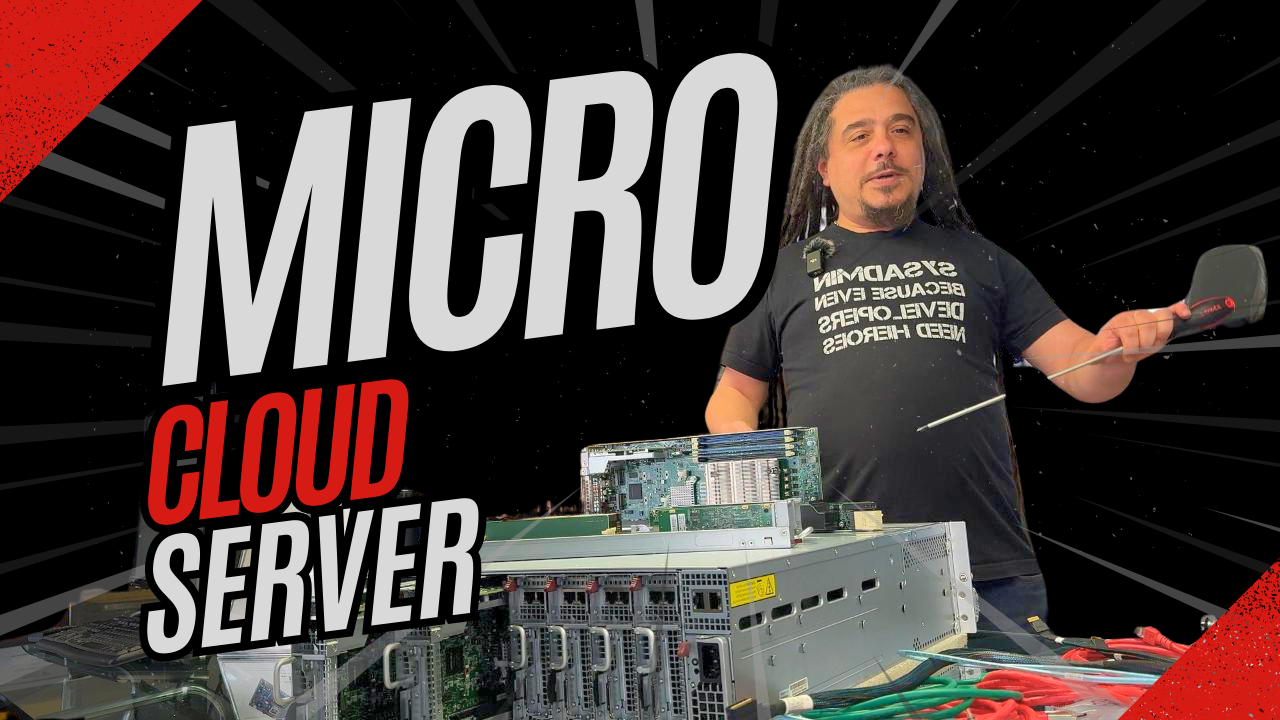
Microcloud: A Revolution in IT Infrastructure or Just a Buzzword?
In today’s dynamic business world, where flexibility and efficiency are key to survival and growth, the term "microcloud" is appearing more frequently. But what exactly does this concept mean, and is it more than just another buzzword in the tech jargon? In this article, we will explore the essence of the microcloud, its advantages, and why it may be the next big step in the evolution of IT infrastructure.
What Exactly Is a Microcloud?
At its core, a microcloud is a small, self-contained cloud environment that can be deployed locally—at your office, in a remote branch, or even in a dedicated data center—under your direct control. Unlike large public cloud platforms, the microcloud is designed for specific needs and smaller scale. It is often built on dedicated servers and hardware optimized for particular applications and workloads.
Think of it as a private cloud, but with a more focused scope and often greater control over the underlying hardware. It can leverage the same virtualization, orchestration, and automation technologies used in large cloud environments but adapted to a more compact and controlled setting.
Why Is the Microcloud Gaining Popularity?
Several key factors contribute to the growing interest in microcloud solutions:
- Improved Performance and Low Latency: Hosting critical applications and data locally can significantly reduce latency and improve performance, especially for applications that require real-time responsiveness.
- Greater Security and Control: Direct control over hardware and software allows for stricter security measures and easier compliance with specific regulatory requirements.
- Flexibility and Customization: A microcloud can be built and configured to match the exact needs of a business, with the freedom to choose hardware and software optimized for specific tasks.
- Hybrid Cloud Strategies: Microclouds are often used as a key element in hybrid cloud strategies, enabling organizations to combine the strengths of both public and private clouds.
- Edge Computing: With the rise of IoT (Internet of Things) and the need for data processing close to the source, microclouds are an ideal solution for edge computing scenarios.
What Should You Know About Building a Microcloud?
Building a microcloud requires careful planning and expertise in several areas:
- Hardware Selection: Choosing the right servers, networking equipment, and storage is critical for the performance and reliability of the microcloud.
- Software Platform: Selecting the appropriate virtualization platform (e.g., VMware, Hyper-V), containerization (e.g., Docker, Kubernetes), and orchestration tools is essential for resource management.
- Security: Implementing robust security measures is vital since you bear direct responsibility for protecting the data.
- Management and Monitoring: Tools and processes are needed for effective management, monitoring, and maintenance of the microcloud environment.
Microcloud – The Future of IT?
While not a universal solution for every business, the microcloud certainly has the potential to play a key role in the future of IT infrastructure. It offers a unique combination of control, flexibility, and performance that can be highly valuable for organizations with specific requirements.
Ultimately, whether the microcloud becomes a mainstream trend or remains a niche solution will depend on technology development and evolving business needs. One thing is certain—it represents an exciting and promising alternative to traditional cloud models and deserves careful consideration.
Make an informed decision for your IT infrastructure today! Our specialists are ready to answer all your questions. Call us or reach out easily through our [Contact Form]. We look forward to hearing from you!
 English
English Български
Български Español
Español